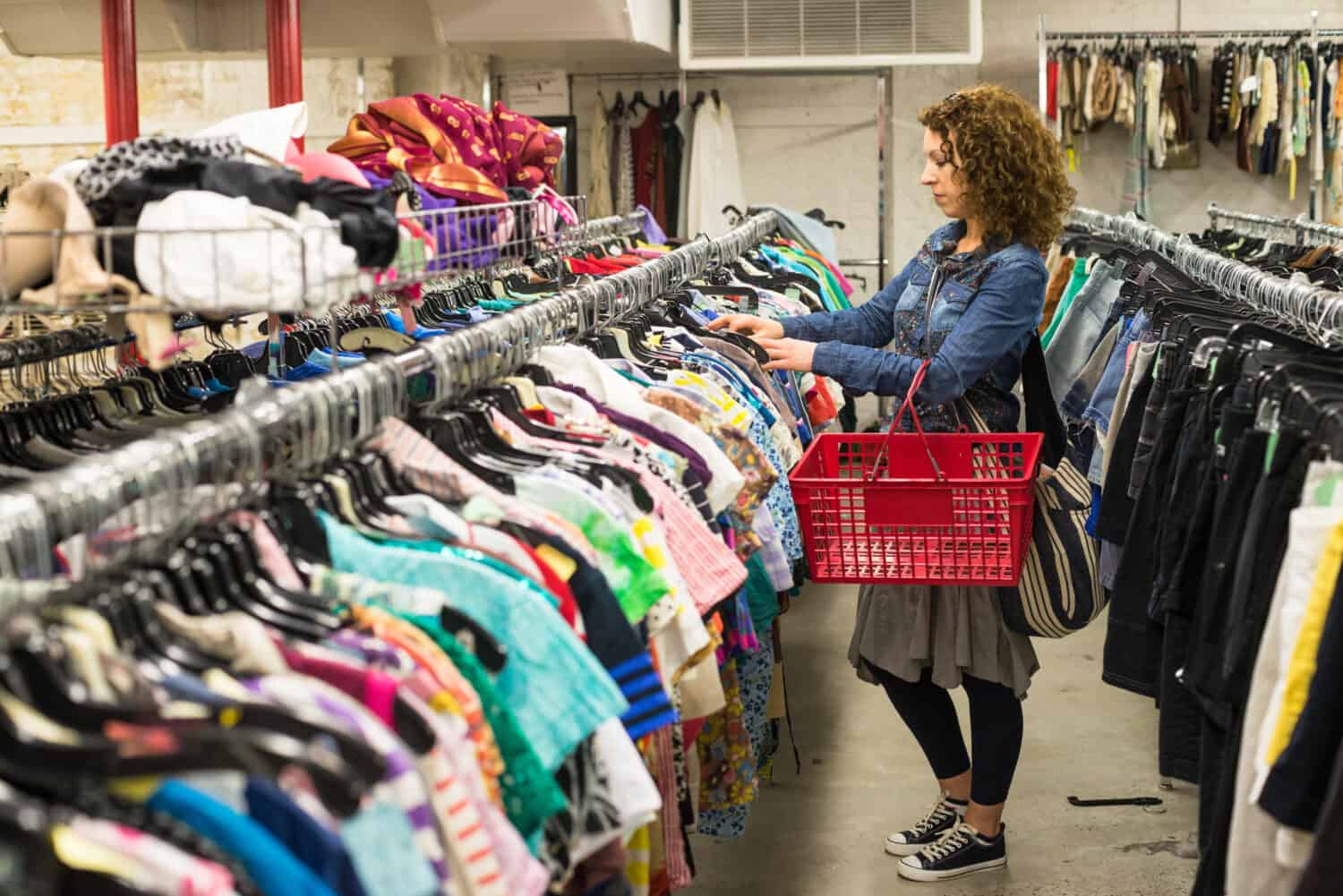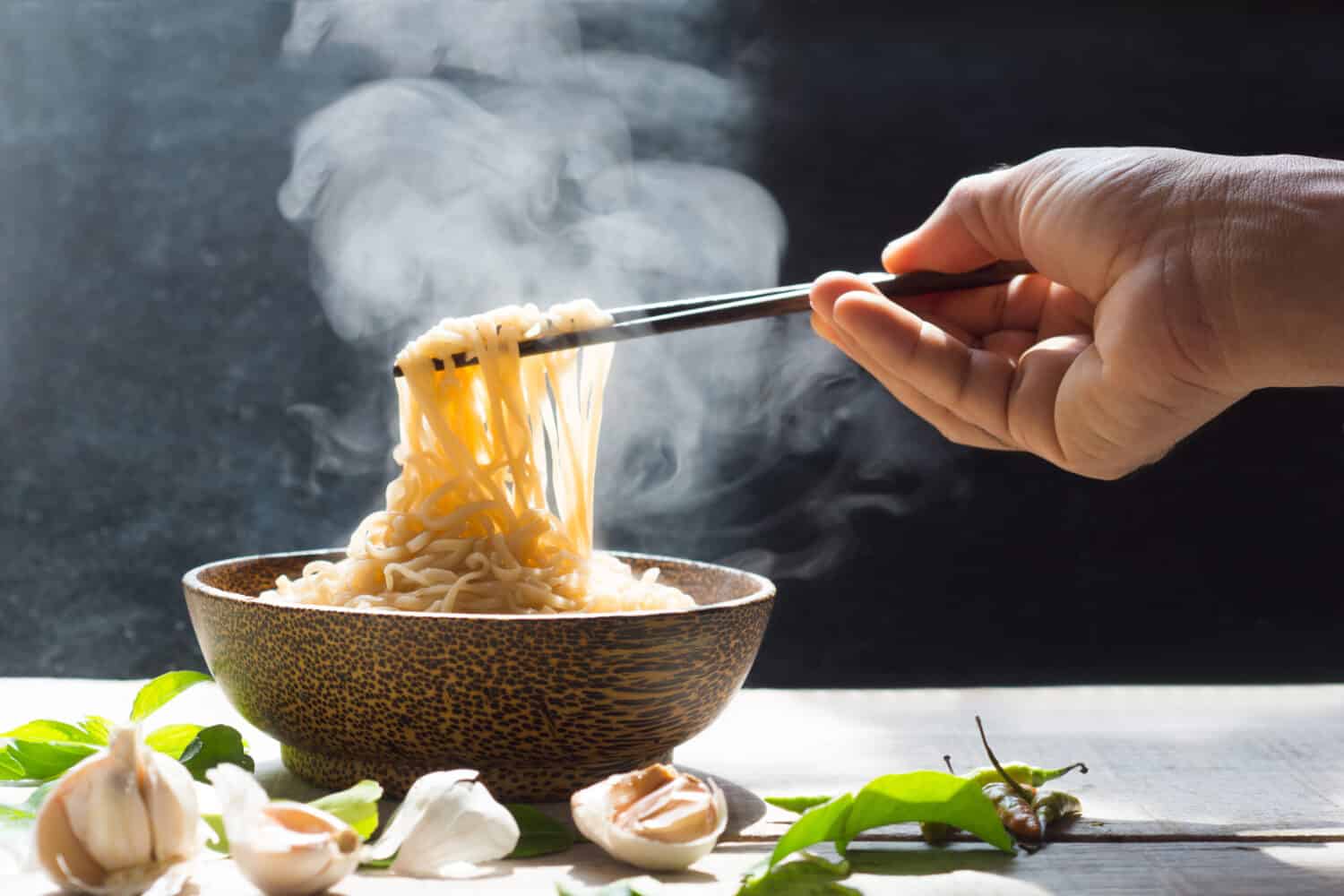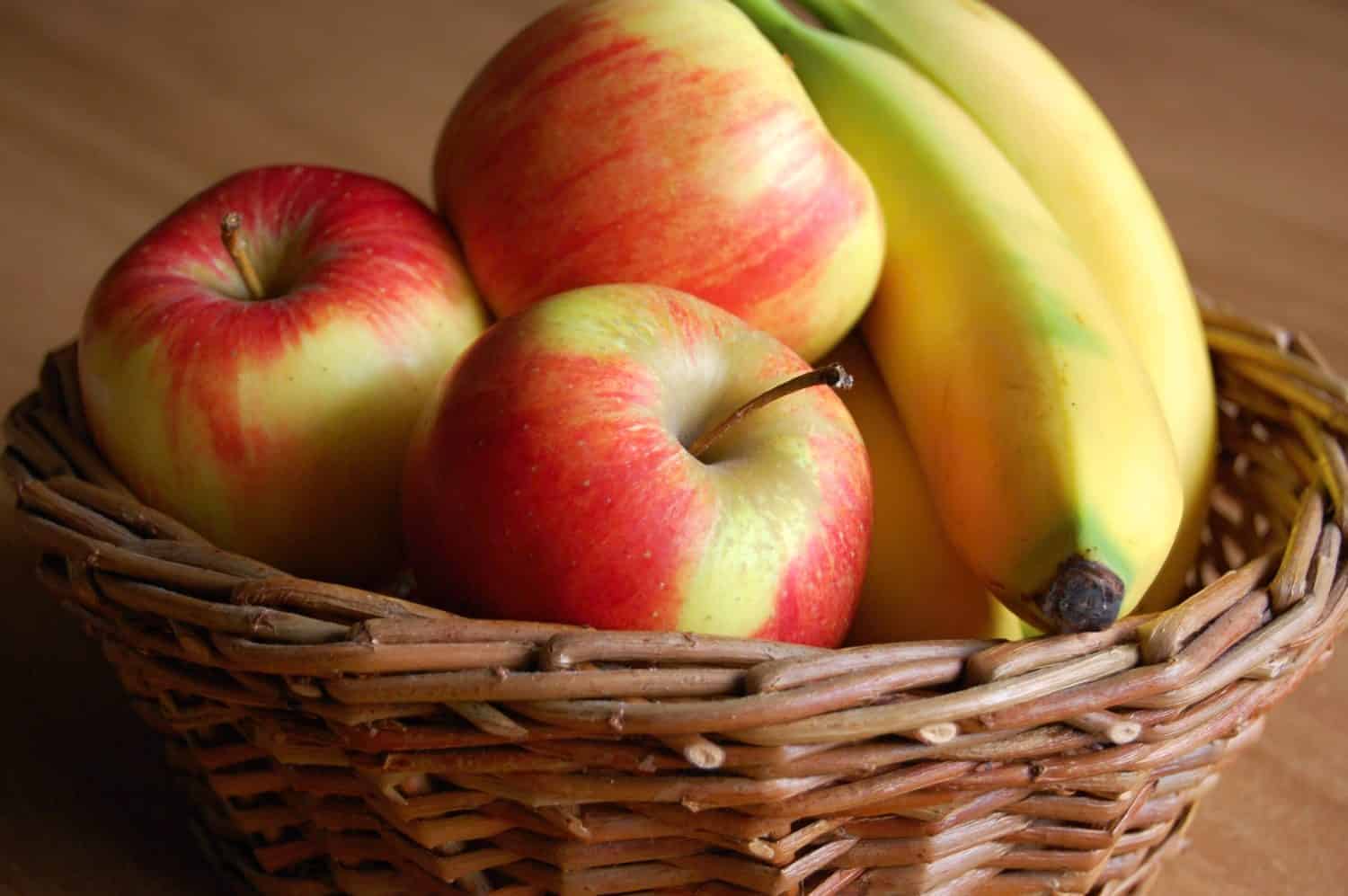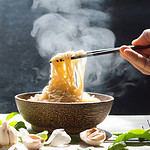





























14 Asian Household Routines That Confuse Americans
While Americans have had some pretty odd routines over the years, we're not alone in our unique behaviors. In fact, there are many interesting Asian household routines that you may find particularly odd. However, it's normal there, and they love the way they live. Today, we'll talk about many of these behaviors and how they contrast with how we live in the United States.
You've probably heard of many of these behaviors before. There are the household rituals of eating while sitting on the floor, eating with chopsticks, and burning incense. However, several routines on this list may have you scratching your head, like sleeping on the floor, putting fruit in the living room, and sitting on squat toilets. Read on for some interesting facts. Who knows? You may start implementing these practices in your own home.
Sitting on the Floor for Dinner
In America and many other places, it's not uncommon to spend a lot of money on fancy chairs and dining room furniture. However, in many Asian countries, they prefer to eat while sitting on cushions on the ground. They all sit around a low table. The main idea is that this is a more intimate setting so everyone can enjoy the meal and each other to a higher level. Using cushions is also easier for cleanup, and they take up less room in the house. There's also an extra benefit, and it's that sitting lower is better for digestion, which is a trend you'll see on this list. Beyond that, many people out there just find cushions to be more comfortable than standard chairs.
Sleeping Directly on the Floor
One of the Asian household routines that most Americans will probably decide against is sleeping on a mat, a thin mattress, or directly on the floor. The fact is that there are many benefits to sleeping on a harder surface. It helps to keep your spine in a neutral position, which can help to keep your posture straight. Laying flat also helps with circulation because the blood can flow more easily than it can on a traditional mattress. It can also be more comfortable because cool air settles on the floor. You know how you turn over your pillow looking for the cool spot? You could have that feeling all over your body. Finally, sleeping on a flat mat makes it easier to store it away during the day, so you have more space for activities.
Haggling at the Store
The art of haggling on prices is mostly a forgotten art in the United States. We may bargain at flea markets and small shops, but typically, we just pay the price that's posted. That's different from what they do in Asian countries. It's not uncommon to see them haggling and trying to get deals everywhere they shop, from the retail store to the grocery store. Just imagine going to Walmart and telling the cashier that you want to pay a different price. The idea is to get the best deal so they can save money and stretch their dollar further.
Eating with Chopsticks
One of the Asian household routines that most people are aware of is the use of chopsticks instead of using a fork or spoon during meals. They're not easy to use without a lot of practice, especially when picking up small food like rice. Still, chopsticks are also used for larger foods, like steak and chicken. If you went into their household and asked for a fork, you'd likely get a strange look. They may not even own forks. It may seem like a routine from long ago. However, chopsticks are still used because it's generally believed that it's easier to eat the food they prepare the most. They're also great for deboning fish and picking up fish meat.
Keeping Fruit in the Living Room
A household routine that's likely only found in Asian countries is the habit of keeping a bowl of fruit in the living room. While many people in the United States keep fruit in the kitchen, if there's fruit in the house at all, many Asian households hold fruit in high regard. There are many reasons for this trend. It's easy for snacking, it's healthy, and it looks nice. In fact, in addition to being a healthy snack, fruit is considered to be a nice decoration. When a guest comes over, it's customary to offer a piece of fruit. Many Asian countries hold health in high regard, so it's no surprise why this is a trend.
Frequent Burning of Incense
Another one of the Asian household routines that many people may find strange is that they love to burn incense in their homes. There are many reasons for this. Some people just like the pleasant event while others burn it to create a calming atmosphere in the home. Others use it as part of a religious ritual. Many people outside of Asian countries also burn incense, but it's not as common as it is there. Just be cautious when burning anything in your home.
Putting Squat Toilets in Bathrooms
Looking at this picture likely already makes you confused. This is a squat toilet. It's found in many bathrooms in Asian countries, and it's part of many Asian household routines, even in the fanciest homes and mansions. The idea here is that by using it, the individual is able to go to the bathroom quickly. By standing on your feet and squatting over the toilet, your body can better relax your puborectalis muscle so it's easier to release your stool. Essentially, you're putting your body at the best angle for quick bathroom breaks. Considering that part of the Asian culture is staying busy and being productive, this isn't such a big surprise. Using this toilet is also more sanitary since you're not touching the seat. There's no sitting on this toilet and reading the newspaper for 15 minutes. It's not likely to be a trend that catches on in the United States.
Using a Bidet Instead of a Toilet
Another interesting bathroom routine that's found more often in Asian cultures is using a bidet to clean up after going to the bathroom or using the squat toilet. Again, it all comes down to sanitation. You crouch over the bidet, and it sprays up water to clean you, so you don't need to use toilet paper. The idea is that when you cut out the toilet paper, you avoid unnecessary waste and hurting the environment. Yes, you're still using water, but they believe it's a faster process. Many households in America also use bidets, but they're not as common. Still, many people like them so much that once they try a bidet, they never go back to toilet paper.
Gargling Salt
Another interesting part of many Asian household routines that seems confusing at first is gargling every day with salt. It's believed that gargling with salt can help to treat or prevent colds, sore throats, and other ailments. Many people gargle several times per day. There are even products available that have pre-packaged salt that can be used for the process. The Japanese are especially fond of this practice as they have special gargling rooms in schools and businesses. The idea is that the salt coats your throat and helps to loosen mucus, reduce pain, and moisten the throat so it's not quite as miserable. Some products shoot water up the nose and out the mouth to remove mucus.
Hanging Laundry Outdoors
If you look at photos of the 1950s, you'll probably see plenty of pictures of clothes hanging outside on lines to dry. While that time seems to have passed in America, this is still one of the Asian household routines that exist today. They still do this because many people in these Asian countries are all about saving electricity and helping the planet, and air-drying clothes is one of the best ways to do that. They also believe that the fresh air makes the dry clothes smell better. Finally, there's the idea that sunlight is a natural way to disinfect clothes. The practice is so common that many apartment buildings don't even have a clothes dryer.
Having an In-Home Altar
One of the household routines that is rare in many American households is having a religious area of their home or a place to pray. However, it's not uncommon to see an altar in the living room where the family holds their daily prayers and makes offerings to their ancestors. This area is so important that it's often the responsibility of a family member to regularly maintain and clean the area. This is a practice that isn't often done in our country, but it's likely one that would help add some peace to our lives.
Only Drinking Hot Beverages With Meals
While it's not uncommon for Americans to drink coffee or tea with breakfast, in many Asian households, it's usual to see them drinking hot beverages with all meals. Typically it's tea or some sort of hot water beverage. Many prefer warm beverages because they believe it's better for the digestion of their food. As you've seen, digestion is a common theme in many Asian households. According to Chinese medicine, there are many other benefits to drinking hot water. They believe that it helps to promote toxin release and improve blood pressure. They also think it can help to kill bacteria. There are also beliefs that hot water and tea can help to ease mensural cramps. It's for all of these reasons that many schools and government buildings in China have a hot water dispenser.
They Use Washcloths
Another household routine that many Americans have left in the past is using washcloths when taking showers and baths. In many cases, we tend to go for loofahs and similar products. However, it's not rare to go into a bathroom in an Asian country and see washcloths of different sizes hanging on the shower. That's because instead of just one washcloth, they tend to use cloths of different sizes for different body parts. The belief is that washcloths do better to exfoliate the skin. Also, washcloths allow you to apply more pressure to tough areas, like knees, and less pressure where you don't want pressure. Washcloths are also typically more affordable and they're easier to wash, so they can be used again and again. Practicality is a big issue in many Asian households, and that goes for washcloths too. You'll also often see many Asian families using washcloths to wash and dry the dishes after dinner instead of using a sponge.
Taking Off Shoes and Facing Them In Unique Directions
Depending on how you grew up, this may be one of the least shocking Asian household routines. Many American homeowners take off their shoes when they're inside and ask that their guests do as well. However, while it's a matter of preference here, you'll likely see it a lot more if you visit various Asian households. The idea is that it stops people from tracking in dirt and reduces the need to clean the carpet. It's also considered a sign of respect. You'll find many households that have slippers that guests can wear inside. In addition to taking off their shoes, many Asian households will then point the shoes so that they're facing the front door. Many people believe it's good luck. However, the bigger reason is that it's easier to put them on when leaving the house. This is just another way that many folks in Asian countries make the best use of their time.